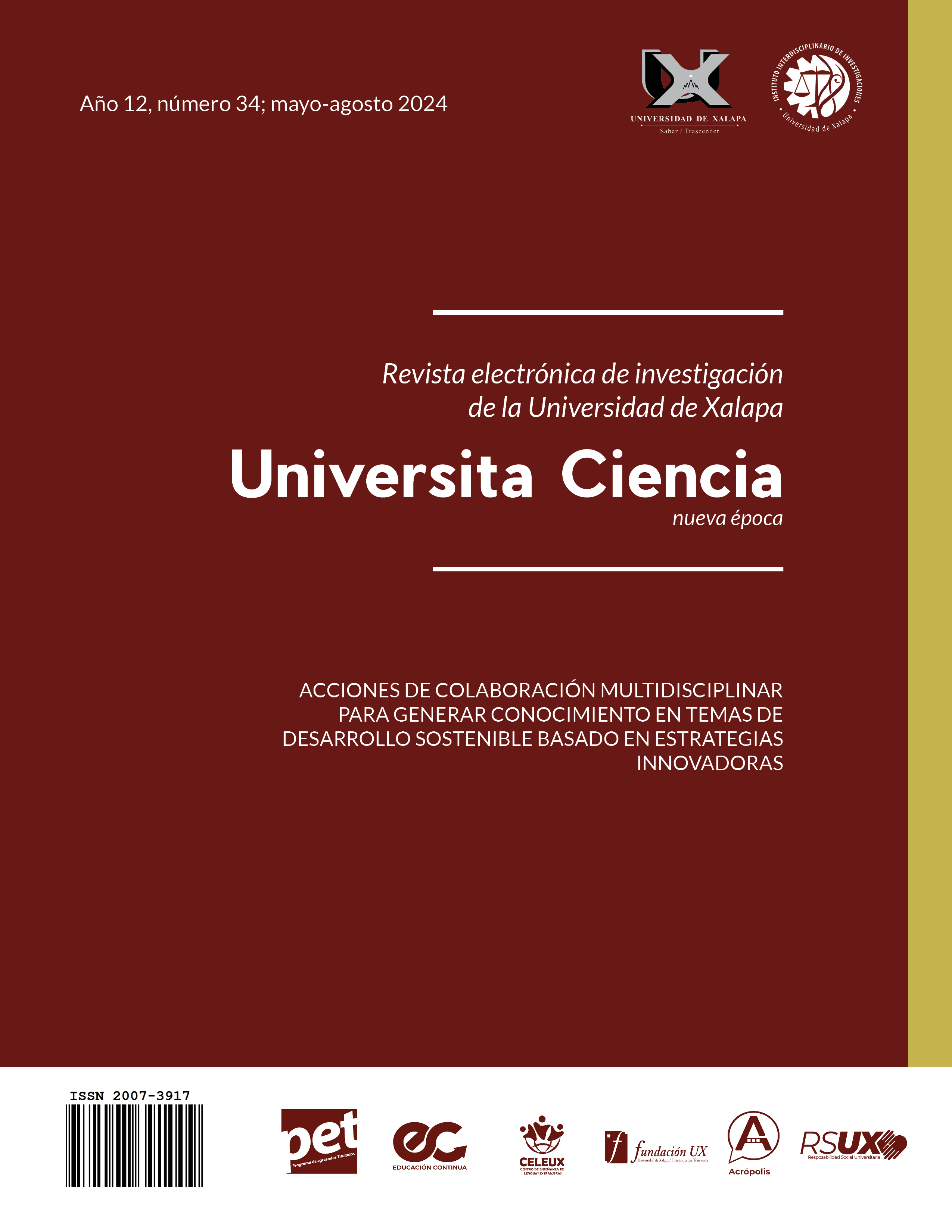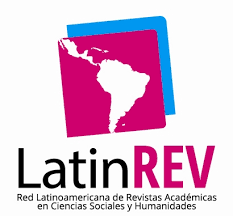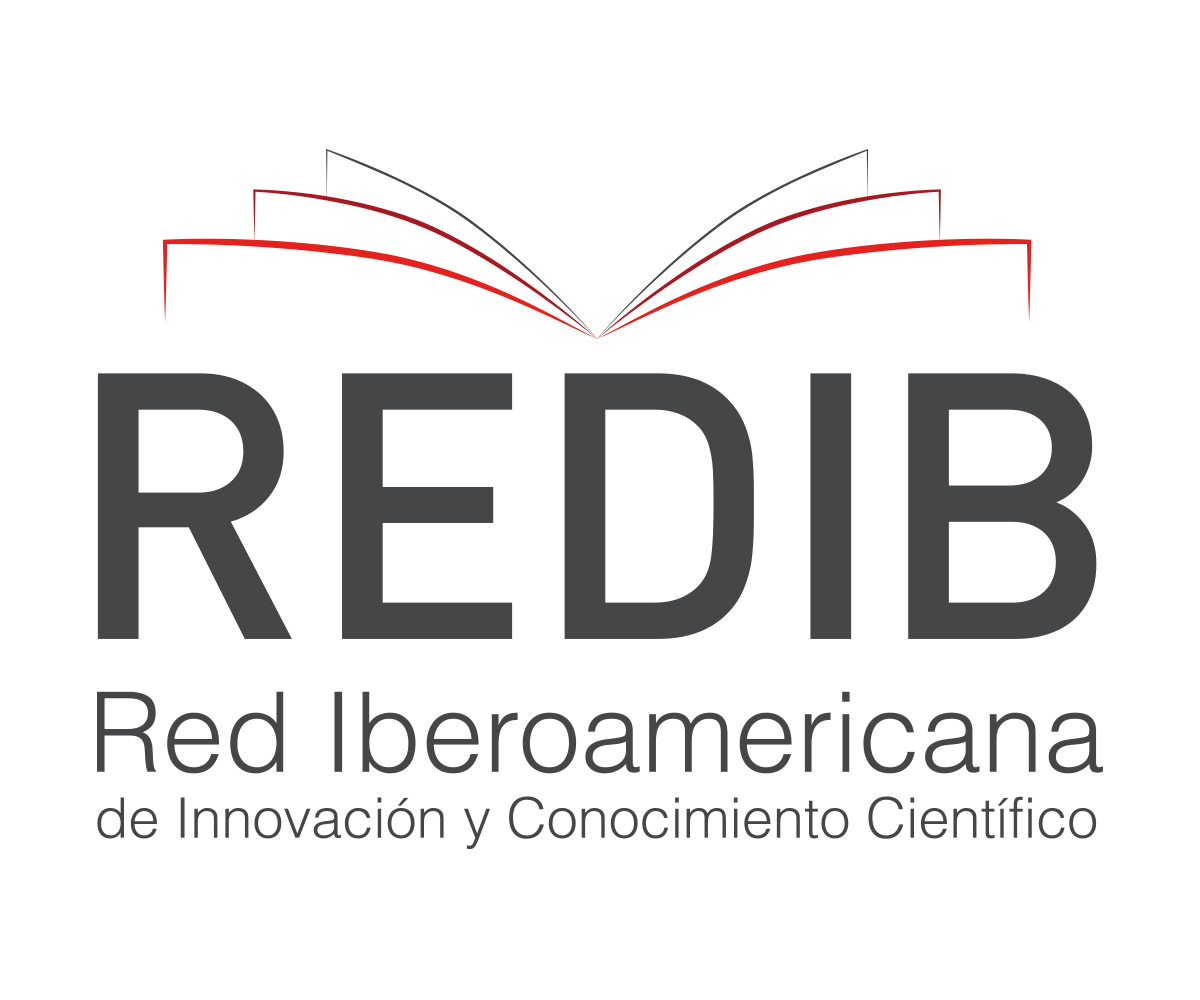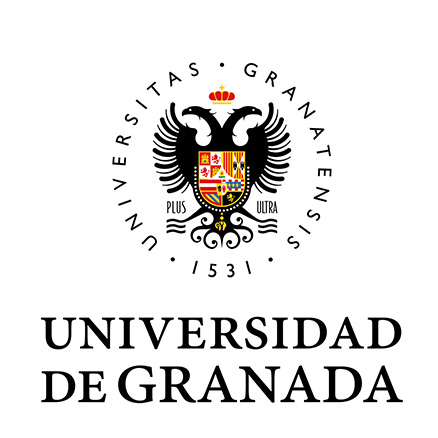Impact of Knowledge Management Systems (KMS) on Scientific Research: A Bibliometric Study
DOI:
https://doi.org/10.5281/zenodo.12802469Keywords:
Knowledge Management Systems, Value Creation, Multidisciplinary CollaborationAbstract
Knowledge Management Systems (KMS) are crucial in organizations, blending human, organizational, and technological elements to create value through knowledge exchange. This research aims to enrich understanding of the current landscape of KMS through bibliometric exploration. The goal is to provide researchers and professionals with an updated summary placing them within the field and its current state, as well as suggesting possible future research directions. This study reveals a steady growth in KMS research, highlighting multidisciplinary collaboration and global influence. Emerging themes include elements such as human talent and sustainability, and denote research needs in computer security and learning
Metrics
References
Alavi, M., & Leidner, D. E. (2001). Knowledge management and knowledge management systems: Conceptual foundations and research issues. MIS Quarterly.
Aria, M., & Cuccurullo, C. (2017). bibliometrix: An R-tool for comprehensive science mapping analysis. Journal of Informetrics, 11(4), 959-975.
Armenia, S., Franco, E., Iandolo, F., Maielli, G., & Vito, P. (2024). Zooming in and out the landscape: Artificial intelligence and system dynamics in business and management. Technological Forecasting and Social Change, 200, 123-131.
Bolisani, E., & Handzic, M. (2014). Advances in knowledge management: celebrating twenty years of research and practice. Springer.
Brodbeck, D., Mazza, R., & Lalanne, D. (2009). Interactive Visualization - A Survey. In D. Lalanne, & J. Kohlas (Eds.), Human Machine Interaction: Research Results of the MMI Program. Springer Berlin Heidelberg. 10.1007/978-3-642-00437-7_2
Cobo, M. J., López-Herrera, A. G., Herrera-Viedma, E., & Herrera, F. (2011). An approach for detecting, quantifying, and visualizing the evolution of a research field: A practical application to the Fuzzy Sets Theory field. Journal of Informetrics, 5(1), 146-166.
Cook, K. A., & Thomas, J. J. (2005). Illuminating the path: The research and development agenda for visual analytics. Pacific Northwest National Lab.(PNNL), Richland, WA (United States).
Del Giudice, M., & Della Peruta, M. R. (2016). The impact of IT-based knowledge management systems on internal venturing and innovation: a structural equation modeling approach to corporate performance. Journal of Knowledge Management, 20(3), 484-498.
Donthu, N., Kumar, S., Mukherjee, D., Pandey, N., & Lim, W. M. (2021). How to conduct a bibliometric analysis: An overview and guidelines. Journal of Business Research, 133, 285-296.
Gaviria-Marin, M., Merigó, J. M., & Baier-Fuentes, H. (2019). Knowledge management: A global examination based on bibliometric analysis. Technological Forecasting and Social Change, 140, 194-220.
Hirsch, J. E. (2005). An index to quantify an individual's scientific research output. Proceedings of the National Academy of Sciences, 102(46), 16569-16572.
Miller, S. M. (2018). AI: Augmentation, more so than automation.
Mongeon, P., & Paul-Hus, A. (2016). The journal coverage of Web of Science and Scopus: a comparative analysis. Scientometrics, 106, 213-228.
Riege, A. (2005). Three‐dozen knowledge‐sharing barriers managers must consider. Journal of Knowledge Management, 9(3), 18-35.
Roberts, N. (2015). Absorptive capacity, organizational antecedents, and environmental dynamism. Journal of Business Research, 68(11), 2426-2433.
Serenko, A., Cox, R. A., Bontis, N., & Booker, L. D. (2011). The superstar phenomenon in the knowledge management and intellectual capital academic discipline. Journal of Informetrics, 5(3), 333-345.
Simon Hinds, Mads Yde Jensen, & Laleh Omalaki (2022, 1 de abril). Getting visual performance management right. https://www.mckinsey.com/capabilities/operations/our-insights/operations-blog/getting-visual-performance-management-right
Smith, K. G., Collins, C. J., & Clark, K. D. (2005). Existing knowledge, knowledge creation capability, and the rate of new product introduction in high-technology firms. Academy of Management Journal, 48(2), 346-357.
Van Wijk, J. J. (2005). The value of visualization. Paper presented at the VIS 05. IEEE Visualization, 2005. 79-86.
Published
How to Cite
Issue
Section
License

This work is licensed under a Creative Commons Attribution-NonCommercial-ShareAlike 4.0 International License.
This journal adheres to the Creative Commons license in the definition of its policy of open access and reuse of published material, in the following terms:
- Accessibility to articles and other publications in whole or in part under the concept of copying, distribution, public communication , interactive access (through the Internet or other means), explicitly maintaining the recognition of the author or authors and the journal itself (authorship acknowledgment).
- Warning that if the articles are remixed, modified or fragments used in other creations, the modified material cannot be distributed, nor is it allowed to reconstruct versions from the original published articles (derived works).
- The use of the contents of the published articles, in whole or in part, for profit (non-commercial recognition) is prohibited.
The author retains copyright, transfers or grants exclusive commercial rights to the publisher, and a non-commercial license is used.














